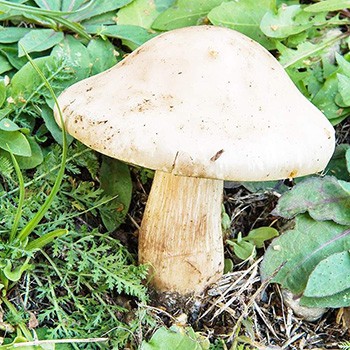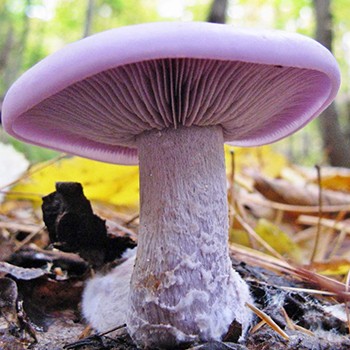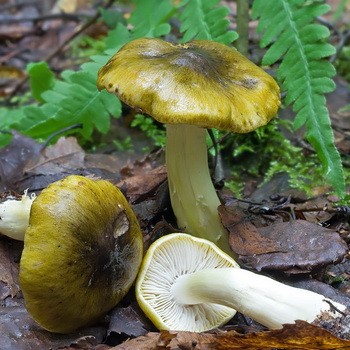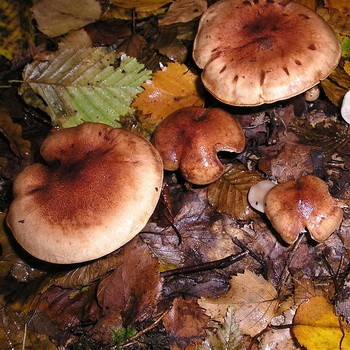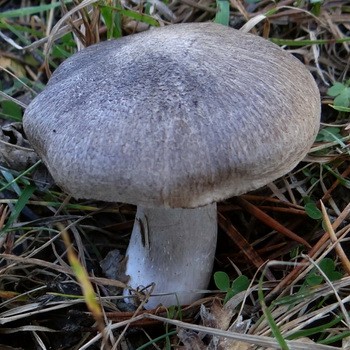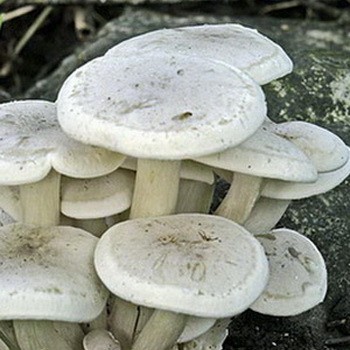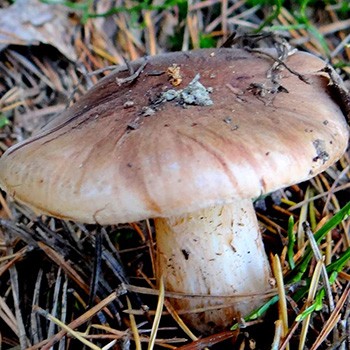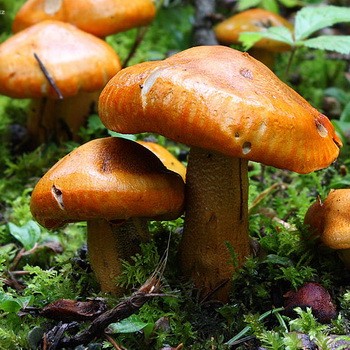Soap row: photo, description and distribution
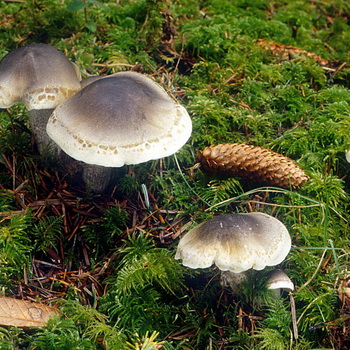
To understand in more detail, we offer a detailed description of the soap mushroom mushroom with the presented photos.
What does a mushroom soapy row and how does it grow?
Latin name: Tricholoma saponaceum.
Family: Ordinary.
Synonyms: Agaricus saponaceus, Tricholoma moserianum.
Hat: at a young age has a hemispherical, convex shape. Later it becomes prostrate, polymorphic, in height from 5 to 18 cm, sometimes up to 20 cm. In wet weather it becomes sticky and slippery, in dry weather - scaly or wrinkled, the edges of the hat are fibrous and thin. The color of the hat is gray with an olive tint, less bluish tint is observed.
Leg: it has a cream color with a gray-green tint, at the base with a pink tint, a cylindrical shape, sometimes spindle-shaped, with grayish scales. Height is from 3 to 10 cm, sometimes it can grow up to 12 cm, in diameter from 1.5 to 3.5 cm. A photo of the soap row and a description of its legs will help you correctly determine this species in the forest:
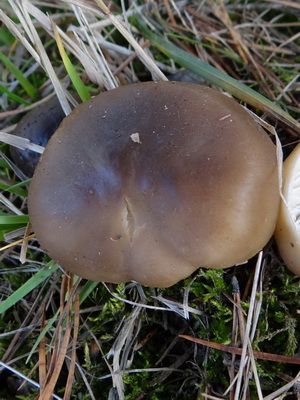
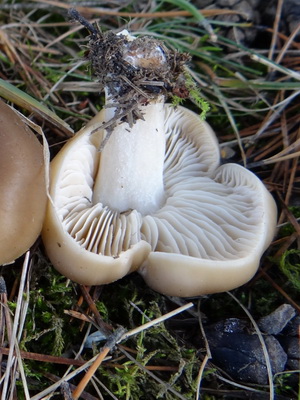
Pulp: light, friable, on the cut it turns pink. It tastes bitter, with an unpleasant odor of soap, intensified by heat treatment.
Records: rare, sinuous, gray-green color, which changes with age to pale green. When pressed, the plates become red or brown.
Edibility: some experts consider soap row as a toxic mushroom, others consider it to be an inedible species. Apparently, it is not poisonous, but is not going to because of bitterness and unpleasant smell. It is interesting, but some sources say that after a long heat treatment, the row can be eaten, however, these are only isolated cases.
Similarities and differences: soap row is similar to an edible gray row, which does not have the bitterness and smell of soap.
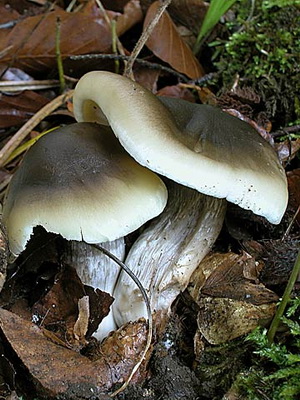
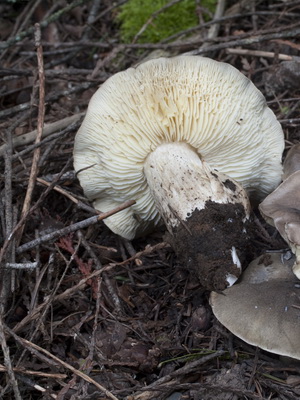
Pay attention to the photo of the soap row, which is also very similar to the golden row, but it has a lighter yellowish color and pink plates. Golden rowovka differs from soapy smell of fresh flour or cucumber.
The soap row is similar to the edible row of earthy, the hat of which is darker in color with black scales and a floury smell.
Of the inedible species, it is similar to a pointed row, in which the hat is bell-shaped in gray, with gray or whitish plates, with a bitter taste.
Also, the soap row is similar to the poisonous tiger row, which is distinguished by a black-brown spotted hat, which has a green tint and a pungent smell.
Distribution: soap row mushroom can be found in coniferous and mixed forests, as well as in pine forests on different types of soils. It grows in single copies or in small groups, forming rows. The collection season falls on the months of August - October. Sometimes, under favorable weather conditions, it grows to the first frost. Soap mushrooms are common throughout the temperate zone of Russia.They grow in Karelia, in the Leningrad region, in Altai and in the Tver region, meeting almost until the month of November. Often found in Ukraine, Western Europe, as well as North America and Tunisia.
Pay attention to the video of a row of soapy, growing in natural conditions in a mixed forest:
